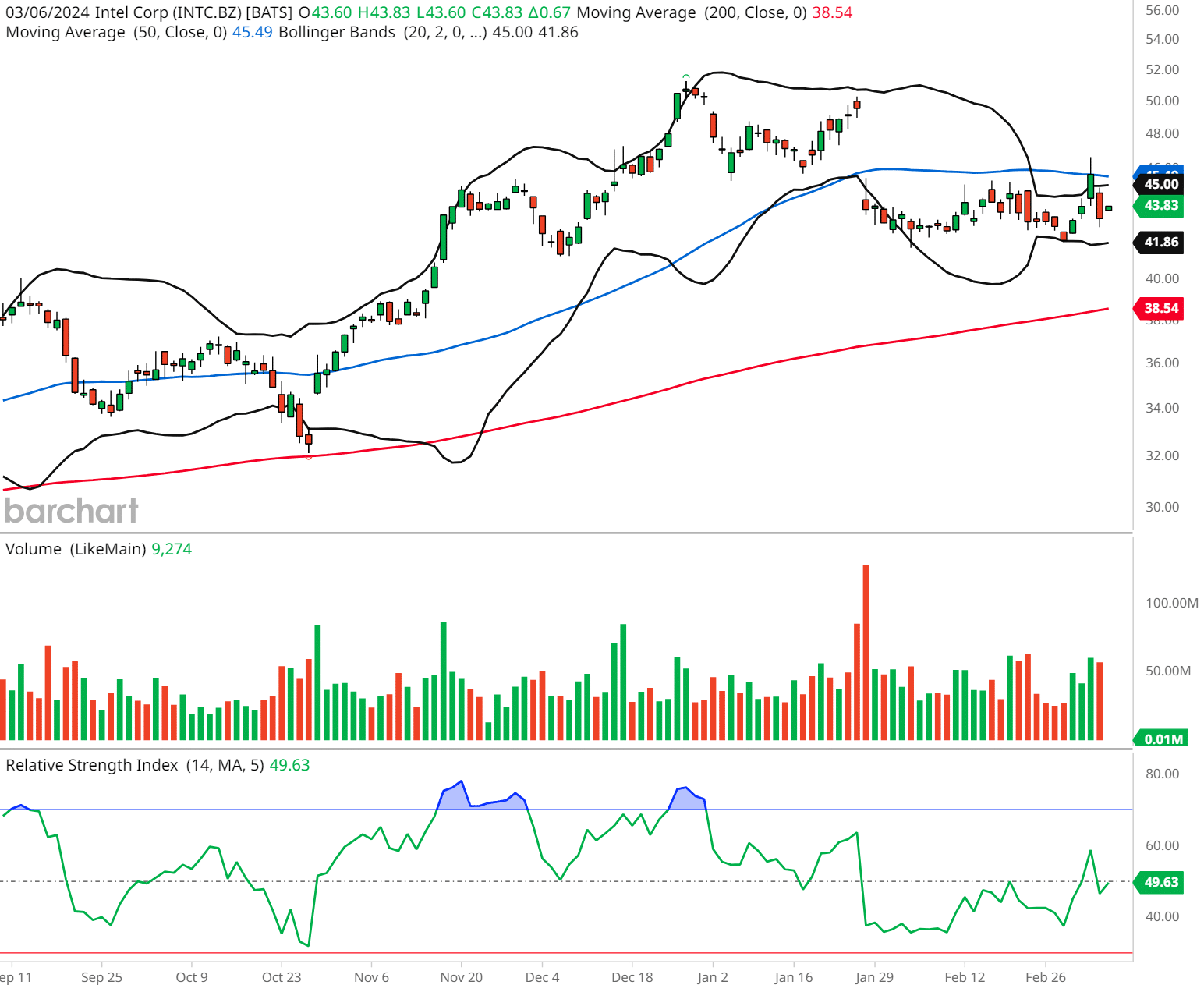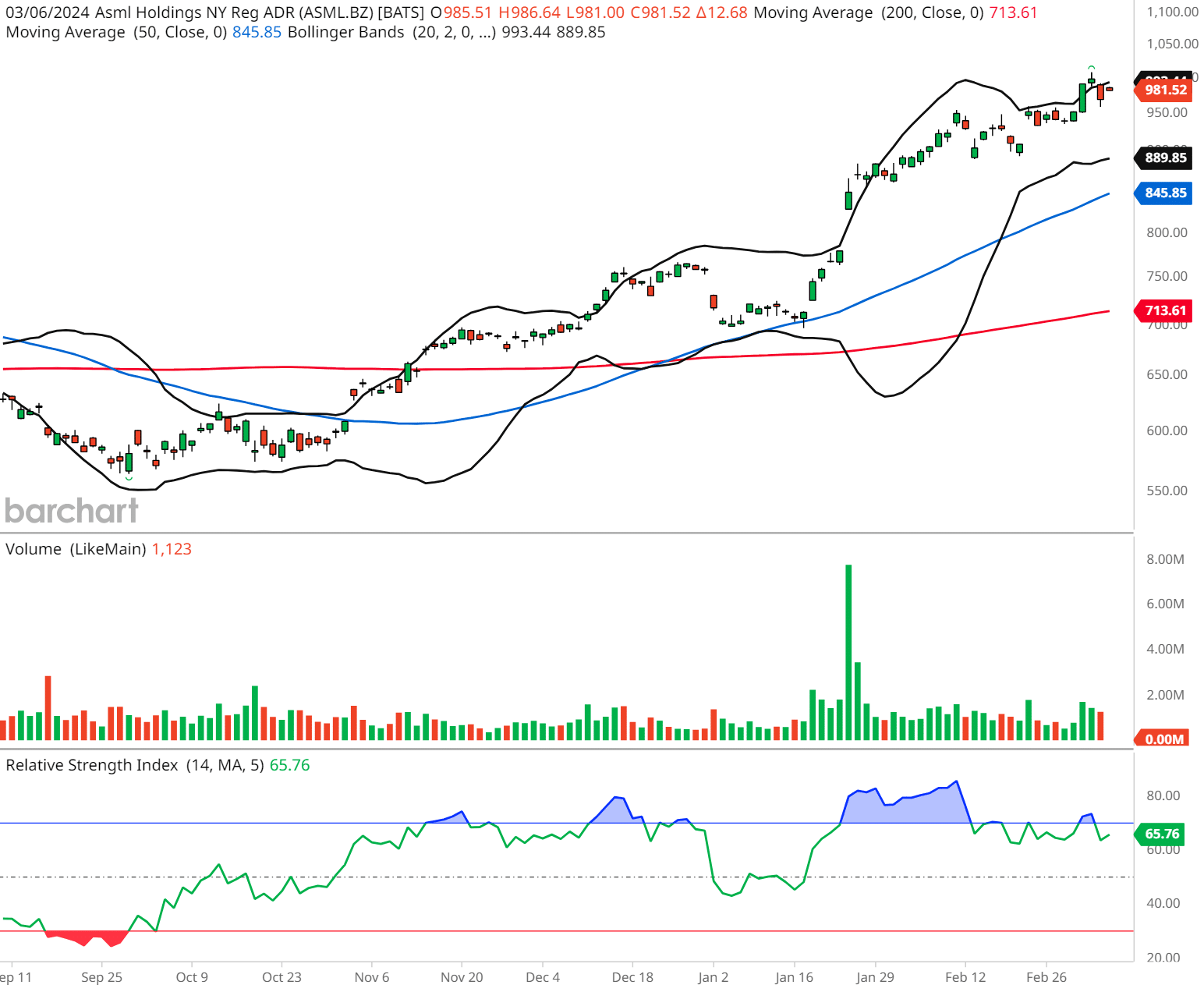Late last year, ASML, a prominent player in the semiconductor equipment industry, embarked on a groundbreaking journey by shipping its first high-NA extreme ultraviolet (EUV) lithography system to Intel. This marked a significant milestone in the realm of chip manufacturing. Over the past weekend, Intel commenced the installation of this revolutionary tool into its fab situated near Hillsboro, Oregon, signaling the dawn of a new era in semiconductor fabrication. This monumental machine, ASML’s Twinscan EXE:5000 High-NA EUV, is not just another piece of equipment; it’s a behemoth weighing approximately 330,000 pounds and requiring 250 crates for transportation.
A Herculean Task: Installation and Calibration
Transporting such a colossal machine is no easy feat. A cargo plane ferried the equipment from The Netherlands to Portland, Oregon, followed by a meticulous delivery process involving trucks. However, the journey doesn’t end there. It will take a collaborative effort involving 250 engineers from ASML and Intel approximately six months to complete the installation process. But that’s just the beginning. Even after assembly, the machine necessitates calibration, a task that could span weeks, if not months. This intricate process involves ‘lighting up’ the device, a pivotal step where photons interact with resist on wafers, a feat recently achieved by ASML engineers at their facility in Veldhofen, the Netherlands.

Redefining Resolution: The Power of High-NA EUV Lithography
What sets the Twinscan EXE:5000 High-NA EUV apart is its ability to print at an unprecedented 8nm resolution. This represents a quantum leap in performance compared to existing Low-NA EUV scanners, which are constrained to a 13nm resolution with a single exposure. The implications are profound. With the ability to fabricate transistors approximately 1.7 times smaller than current standards, chip manufacturers can achieve nearly triple the transistor density. This breakthrough is pivotal for advancing chip production using sub-3nm process technologies, a milestone the industry aims to reach between 2025 and 2026.
Intel’s Foray into High-NA Lithography
Intel, as the recipient of ASML’s cutting-edge lithography tool, is poised to harness the power of High-NA EUV technology. While initially focusing on research and development, Intel plans to integrate High-NA lithography into its Intel 18A process technology, albeit not for high-volume production initially. However, the ultimate goal is to adopt this technology for mass manufacturing with its Intel 14A fabrication process, paving the way for more advanced and efficient chip designs.
The Price of Progress
The transition to High-NA EUV lithography comes at a cost, quite literally. ASML previously disclosed that its next-generation chipmaking tool would command a price tag exceeding double that of its current Low-NA EUV lithography systems, estimated at approximately $420 million (€380 million). However, the final price will depend on the specific configuration of the machine. By comparison, existing Low-NA Twinscan NXE EUV systems are priced at around $183 million (€170 million). Despite the hefty investment, ASML has already secured a substantial number of orders, with companies like Intel, Samsung, SK Hynix, and TSMC clamoring for their share of the revolutionary High-NA EUV machines.
Intel Technical Analysis

- Trend Analysis: The 50-day moving average (blue line) is above the 200-day moving average (red line), indicating a long-term bullish trend. However, the price is currently below the 50-day moving average, which may suggest short-term bearishness or consolidation.
- Bollinger Bands: The price has recently broken above the upper Bollinger Band, signaling potential overextension to the upside. Traders often view a move back inside the bands as a signal to consider taking profits on long positions or potentially entering short positions.
- Volume: There appears to be a spike in volume accompanying the recent price movement, which could indicate strong buyer interest at this level.
- RSI (Relative Strength IndexIn the world of technical analysis, the Relative Strength Index (RSI) stands as a cornerstone tool for traders seeking insights into market momentum. Developed by J. Welles Wilder ... More): The RSI is around 49.63, which is neutral. This indicates neither overbought nor oversold conditions.
ASML Technical Analysis

- Trend Analysis: The 50-day moving average (blue line) is above the 200-day moving average (red line), suggesting a long-term bullish trend is intact. The price is trading above both averages, indicating continued bullishness.
- Bollinger Bands: The price is currently trading near the upper Bollinger Band. If the price remains near or above this band, it suggests a strong trend; however, if it retreats back inside the band, a short-term pullback could be expected.
- Volume: The volume is relatively low compared to the volume spike seen in early January. This could imply that the current price level is accepted by the market without strong buying interest.
- RSI (Relative Strength Index): The RSI is at 65.76, slightly above the neutral 50 mark, but below the overbought threshold of 70. This suggests a positive momentum without immediate overbought concerns.
- Trading Strategy:
- Confidence Level: Moderate to High Confidence
- Action: Maintain or Enter Long positions.
- Entry Price Target: Current levels seem sustainable given the trend; however, a more conservative entry would be on a retest of the 50-day moving average (~$845.85).
- Exit Price Target: Look for profit-taking near the recent highs or if the price closes below the 50-day moving average, suggesting a trend change.
Embracing the Future
The arrival of ASML’s High-NA EUV lithography machine at an Intel fab in Oregon heralds a new chapter in the semiconductor industry. With its unparalleled resolution and transformative capabilities, this technology promises to redefine the boundaries of chip manufacturing. As pioneers like Intel embark on the journey to harness its full potential, we stand on the brink of a technological revolution that will shape the future of computing for generations to come.
💥 GET OUR LATEST CONTENT IN YOUR RSS FEED READER
We are entirely supported by readers like you. Thank you.🧡
This content is provided for informational purposes only and does not constitute financial, investment, tax or legal advice or a recommendation to buy any security or other financial asset. The content is general in nature and does not reflect any individual’s unique personal circumstances. The above content might not be suitable for your particular circumstances. Before making any financial decisions, you should strongly consider seeking advice from your own financial or investment advisor.










